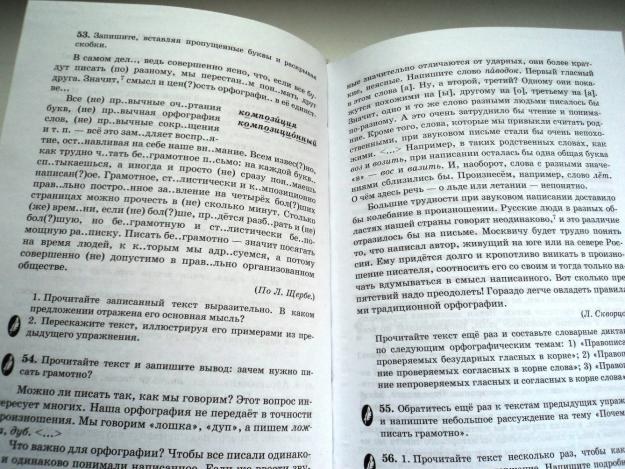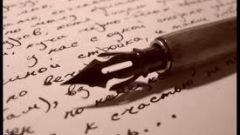You will need
- - syntax for the analysis.
Instruction
1
To highlight the direct speech first, find the author's words that it is introduced into syntax. For naming the fact of speech are commonly used:
- verbs of speech or thought (to speak, to ask, to think, etc.);
- verbs indicating the nature of speech and its connection with the previous statement (begin, continue, add, etc.);
- verbs expressing the purpose of speech (to ask, to explain, to agree, etc.);
- phrases with nouns (to ask a question, pronounce words, etc.);
- verbal nouns (the voice, the shout, a whisper, a thought, etc.).
- verbs of speech or thought (to speak, to ask, to think, etc.);
- verbs indicating the nature of speech and its connection with the previous statement (begin, continue, add, etc.);
- verbs expressing the purpose of speech (to ask, to explain, to agree, etc.);
- phrases with nouns (to ask a question, pronounce words, etc.);
- verbal nouns (the voice, the shout, a whisper, a thought, etc.).
2
Identify where direct speech in relation to the words of the author. Author's speech may introduce, conclude, or break the direct speech.
3
Using punctuation marks of the Russian language, scroll to direct speech. In this case, observe the rules of punctuation clearance design.
4
If the author's words preceding direct speech, in front of her, put a colon and end – a necessary sign to indicate the purpose of utterances (dot, exclamation or question marks, ellipsis). Start direct speech with a capital letter. Please note that the period is placed after the closed quotes. Compare:
• Svetlana exclaimed, "amazing Feast today!"
• Svetlanka said: "the Feast is amazing."
• Svetlana exclaimed, "amazing Feast today!"
• Svetlanka said: "the Feast is amazing."
5
If the author's words conclude direct speech, enclose it in quotation marks, separate the author's speech with a dash, in front of which required a sign pointing to the goal statements. A comma if the sentence is declarative, as well as a possible exclamation or question marks, ellipsis. The author's words are written with a lowercase letter.
• "You sit there," whispered Makarych.
• "You sit there," whispered Makarych.
6
Tearing direct speech the author's words begin with a lowercase letter and highlight a dash and a comma if the direct speech is a simple or asyndetic complex sentence. Keep it straight with a lowercase letter, and at the end put need to refer to the purpose of communication sign.
• "About your business − addressed Prince Andrew again Boris, we will talk after".
• "About your business − addressed Prince Andrew again Boris, we will talk after".
7
When you break the direct speech consisting of separate sentences, after the words the author put the point, and the second part of direct speech start with a capital letter.
• "Yes, slander, − continued Schultz. – It is so common among people that succumb to it very easily."
• "Yes, slander, − continued Schultz. – It is so common among people that succumb to it very easily."
8
If the author's words verbs belonging to different parts of direct speech, the author put a colon and a dash.
• "What a misunderstanding,' said Andrew, shrugged his shoulders and repeated: − Misunderstanding".
• "What a misunderstanding,' said Andrew, shrugged his shoulders and repeated: − Misunderstanding".
9
If direct speech breaks the words of the author, its introduction make with a colon and end with a comma or a dash before the author's speech, given the context.
• He said to me: "I am a loyal friend!" and touched my dress.
• He said to me: "I am a loyal friend!" and touched my dress.






